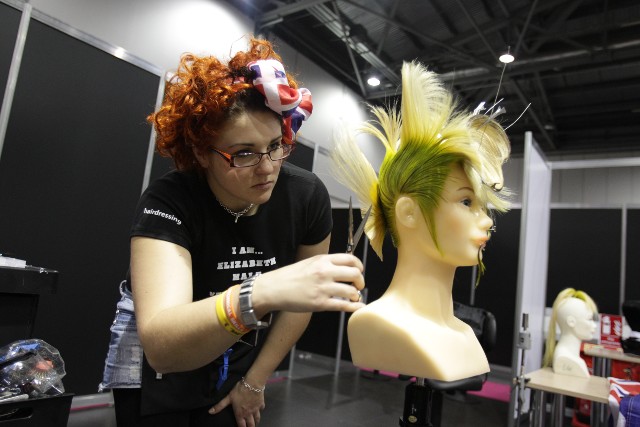A hairdresser generally works in the commercial sector, offering a range of services and treatments to the hair for individual clients. There is a direct relationship between the nature and quality of the service required, and the payment made by the client. Therefore the hairdresser has a continuing responsibility to work professionally and interactively with the client in order to give satisfaction and thus maintain and grow the business.
Hairdressing is closely associated with other parts of the service sector, and with the many products that support it, normally for commercial purposes. Hairdressing also has an important therapeutic role in supporting individuals self- esteem and confidence. It also helps to relieve the effects of illness, and can aid recovery.
The hairdresser works in diverse environments including large, medium, small, or mobile salons, client homes and in product companies and training institution, film and television productions, theatre, wig work, hair replacement, technicians, session stylists and product research and design. He or she may offer a wide range of services, including cutting, colouring, styling, chemical reformation and special hair treatments. Alternatively, the hairdresser may specialize, for example by becoming either a mens or ladies hairdresser, or a colourist. Irrespective of this, work organization and management, communication and client care, the ability to analyse hair types and conditions, and to work safely and to manufacturers instructions, are the universal attributes of the outstanding hairdresser. In a mobile labour market, the hairdresser may work in teams, or alone, or in both from time to time.
Whatever the structure of the work, the trained and experienced hairdresser takes on a high level of personal responsibility and autonomy. From safeguarding the health and wellbeing of the client through scrupulous attention to safe working, to achieving exceptional effects for special occasions, every treatment matters and mistakes are largely irreversible. With the globalization of visual imagery, the worldwide market in hair and beauty products, and the international mobility of people, the hairdresser faces rapidly expanding opportunities and challenges.
For the talented hairdresser there are many commercial and international opportunities; however, these carry with them the need to understand and work with diverse cultures, trends and hair types. The diversity of skills associated with hairdressing is therefore likely to expand, with the WorldSkills Competition reflecting the skills and attributes of the most outward looking and talented entrants to the sector.
